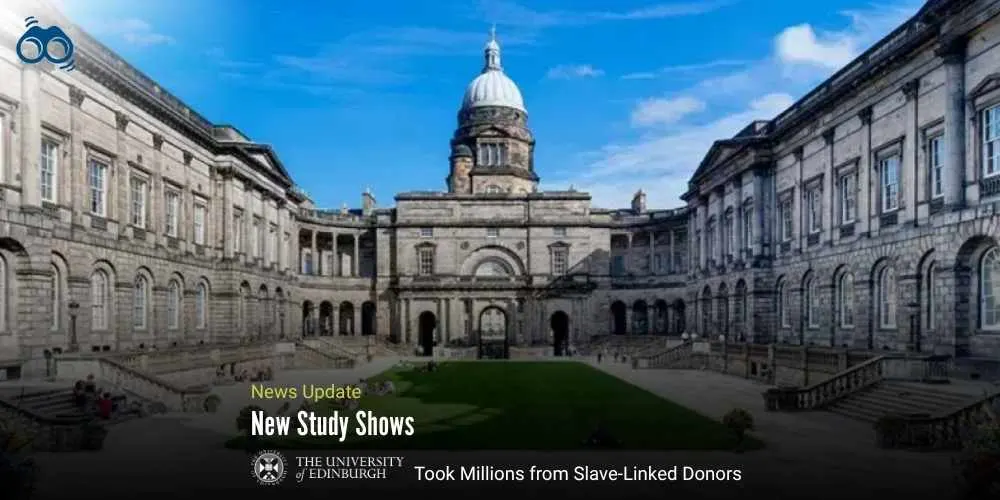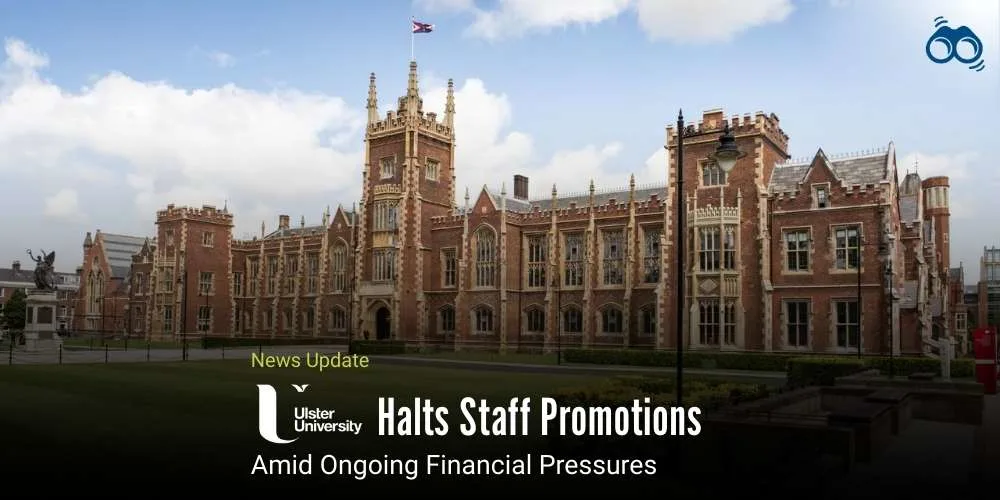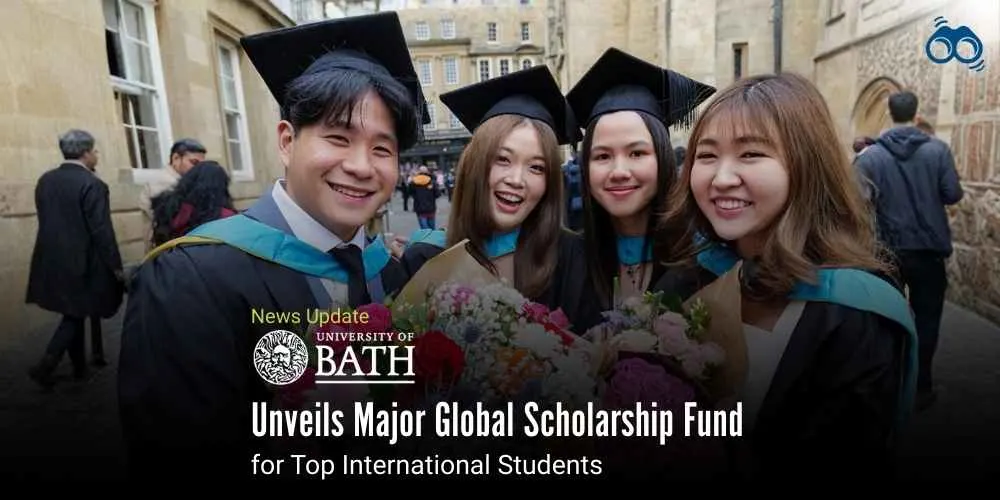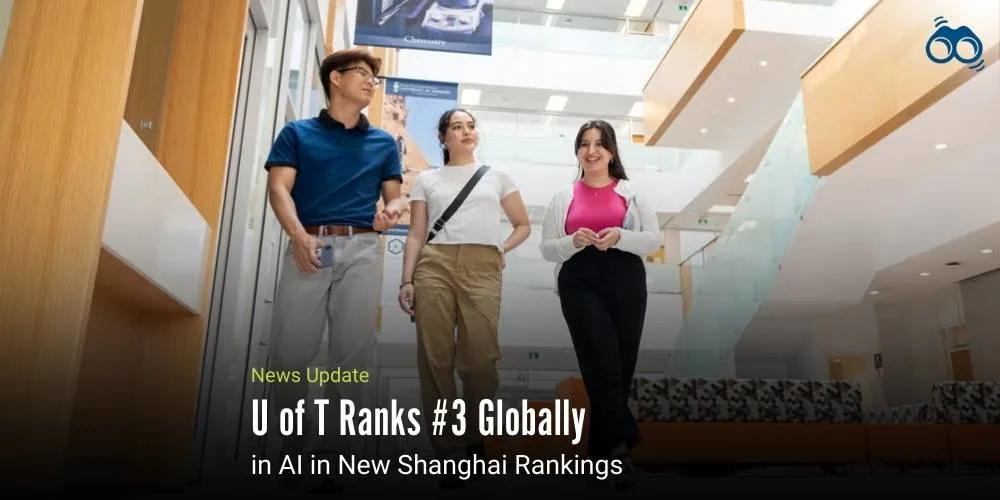Slavery-Derived Donations Shaped Centuries of Academic Growth at Edinburgh
New Research Reveals Deep Historical Ties Between Edinburgh and Colonial Wealth
In the annals of philanthropic history, few figures illustrate the complex interplay between wealth, conscience, and legacy as compellingly as Robert Halliday Gunning. Trained as a doctor in Edinburgh, Gunning later amassed substantial wealth through Brazil’s gold mines, an industry deeply reliant on enslaved labour. Although slavery had long been abolished in Britain, he was widely believed to have owned up to 40 enslaved individuals in Brazil, an allegation he consistently denied.
From the 1880s onwards, Gunning redirected his fortune towards philanthropic causes, emerging as a major benefactor of the University of Edinburgh. He funded a wide array of endowments, academic prizes, medals, lectureships, and professorial posts, many of which remain active today and are collectively valued at £5.3 million. His generosity significantly enriched the university’s intellectual life and firmly associated his name with the advancement of education and public good.
However, newly uncovered correspondence suggests that Gunning’s philanthropy may have been, at least in part, an attempt to rehabilitate his reputation. In a letter to the Society of Antiquaries of Scotland, one of the institutions he supported, Gunning reportedly stated that he gave freely and without solicitation to ease his conscience. He described his giving not as a sacrifice, but as an honour. His case reflects a broader pattern among Edinburgh alumni of the era, many of whom had profited directly from colonialism and the transatlantic slave trade. These individuals served as plantation owners, merchants, administrators, lawyers, and even doctors aboard slave ships.
New research commissioned by the University of Edinburgh has illuminated the institution’s deep historical entanglements with slavery and colonial wealth. Led by Dr Simon Buck, the study revealed that between the late 1700s and late 1800s, the university raised at least £250,000 from donors linked to slavery and empire—equivalent to approximately £30 million today based on retail inflation, and up to £845 million when measured against long-term economic growth. Despite ethical debates among staff and students at the time, the university actively pursued such funding.
Between 1789 and 1794 alone, the university received around £6,258, roughly 17% of its philanthropic income during that period from slavery-linked sources. This would amount to approximately £1 million today, or £11 million when adjusted for earnings growth. Notably, Edinburgh’s medical school received £22,600 from slavery-linked donors and £3,360 from empire-related sources, accounting for around 20% of its total fundraising.
The report identified hundreds of individual donations connected to slavery and empire, including 27 major endowments from donors directly involved in slave trading or colonial profiteering. These contributions helped establish professorial chairs in disciplines such as music, agriculture, and engineering, and supported scholarships, bursaries, and academic prizes. Ten of these endowments, including Gunning’s, remain active today and are collectively valued at over £9.4 million, excluding disbursements already made over the past two centuries. Dr Buck noted that these figures likely underestimate the true scale of the university’s financial dependence on slavery-derived wealth.
While the identities of most enslaved individuals remain obscured by history, some names have surfaced. In 1817, Carpenter Quacco, Nanny Pungy, Phibba, and Benneba were among 364 enslaved people registered by Samuel Athill, an Edinburgh medical graduate, university donor, and known opponent of abolition. His involvement underscores the morally conflicted nature of the university’s benefactor network. The report also uncovered earlier links. In the 1690s, before the Act of Union, several professors, the university rector, and future donors invested in the Company of Scotland,a colonial venture that sought to establish slavery-based plantations. The company, best known for its failed colony in Darién (Panama), traded in enslaved people and slave-linked goods between 1698 and 1708 in Madagascar and the Indian Ocean. Bursaries funded by its investors remained active at the university until at least 1971.
Further evidence points to systemic ties. Edinburgh’s town council, which once owned the university, reportedly allocated funds raised by taxing slavery-linked ships that transported goods such as sugar, tobacco, and cotton through the port of Leith. Even Queen Anne, one of several British monarchs associated with the slave trade, is believed to have funded academic positions at the university. Although many aspects of the university’s financial benefit from slavery remain obscured, some are still plainly visible. Researchers have identified five landmark buildings constructed with support from slavery-enriched donors. These include two former Royal Infirmary sites, one partly funded by profits from a Jamaican plantation, as well as St Cecilia’s Hall, New College on the Mound, and the Edinburgh College of Art.
Dr Buck further revealed that between 1896 and 1946, the university’s financial managers strategically invested slavery-derived funds in Scottish Highland estates, war bonds, railway companies, and colonial government bonds. However, he noted that time constraints prevented a full calculation of the profits generated from these investments. The findings present a sobering account of how slavery-derived wealth shaped the University of Edinburgh’s growth, raising urgent questions about historical accountability and institutional memory.
Editor’s Note:
The recent findings about the University of Edinburgh’s links to slavery and colonial wealth highlight a difficult but important truth. The story of Robert Halliday Gunning, once known mainly as a generous donor, is now being seen differently, as someone who may have used philanthropy to ease his conscience for past involvement in unethical practices. His case shows how institutions have long accepted money from sources tied to slavery and colonialism. Dr Simon Buck’s research reveals just how deeply the university’s growth depended on wealth connected to the slave trade. From academic endowments to historic buildings, many parts of the university were built or supported using funds linked to exploitation. Many UK universities have similar pasts, shaped in part by profits from empire and slavery. While the academic achievements made possible by this funding are real, so too are the uncomfortable moral questions.
Skoobuzz believes that it is time for universities like Edinburgh to openly confront their past and take responsible action. This should include acknowledging their historical links to slavery and colonialism, reassessing how certain buildings and honours are presented, and investing in scholarships or programmes that support communities historically harmed by these legacies.














0 Comments (Please Login To Continue)